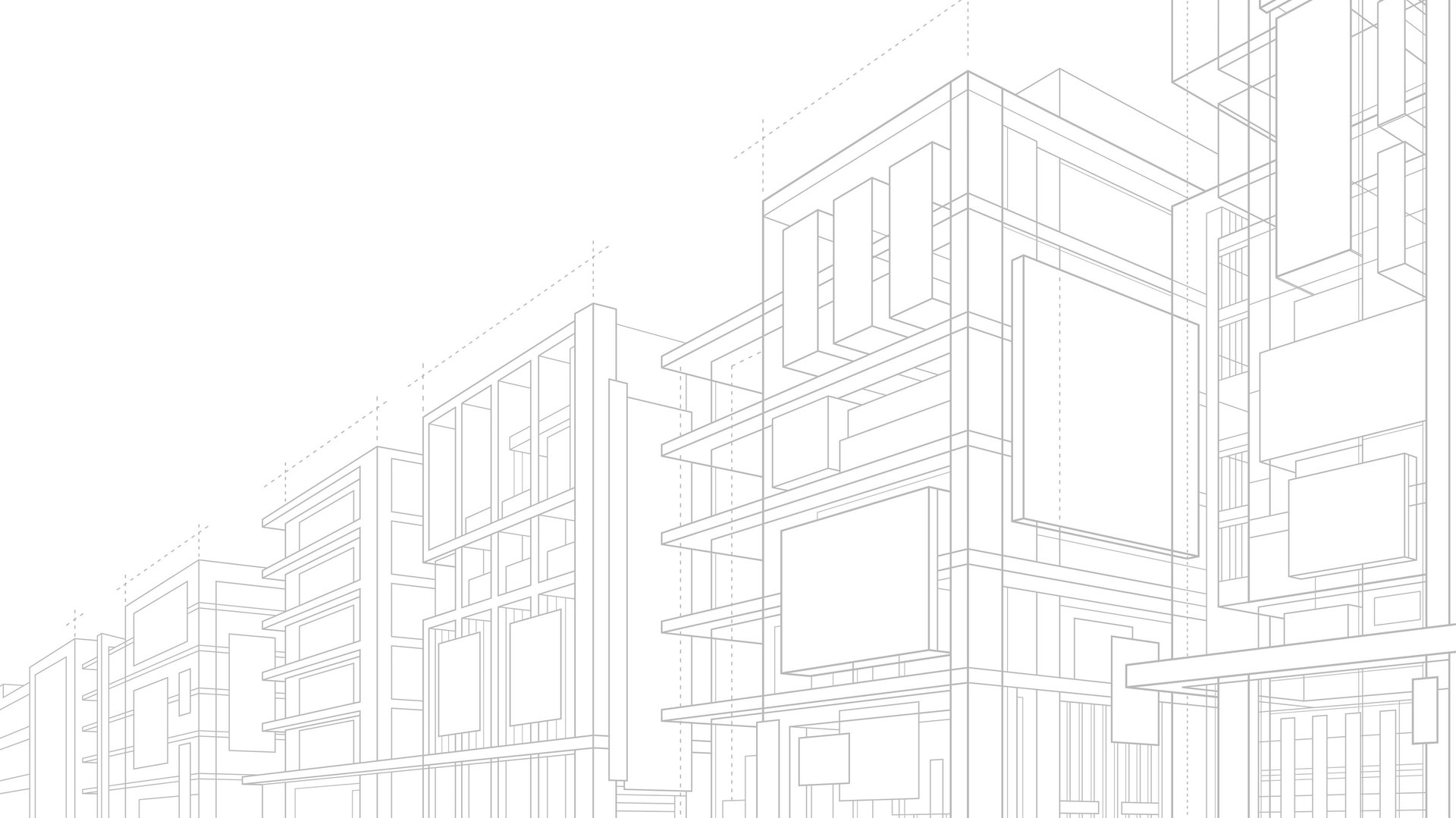
Construction Development Planning
Services
Enginering Design
Building Construction
Repair & Strengthen Buildings
Building Maintenance
Building Audit
Building Permits
Ship Management & Maintenance
FIber Optic Work
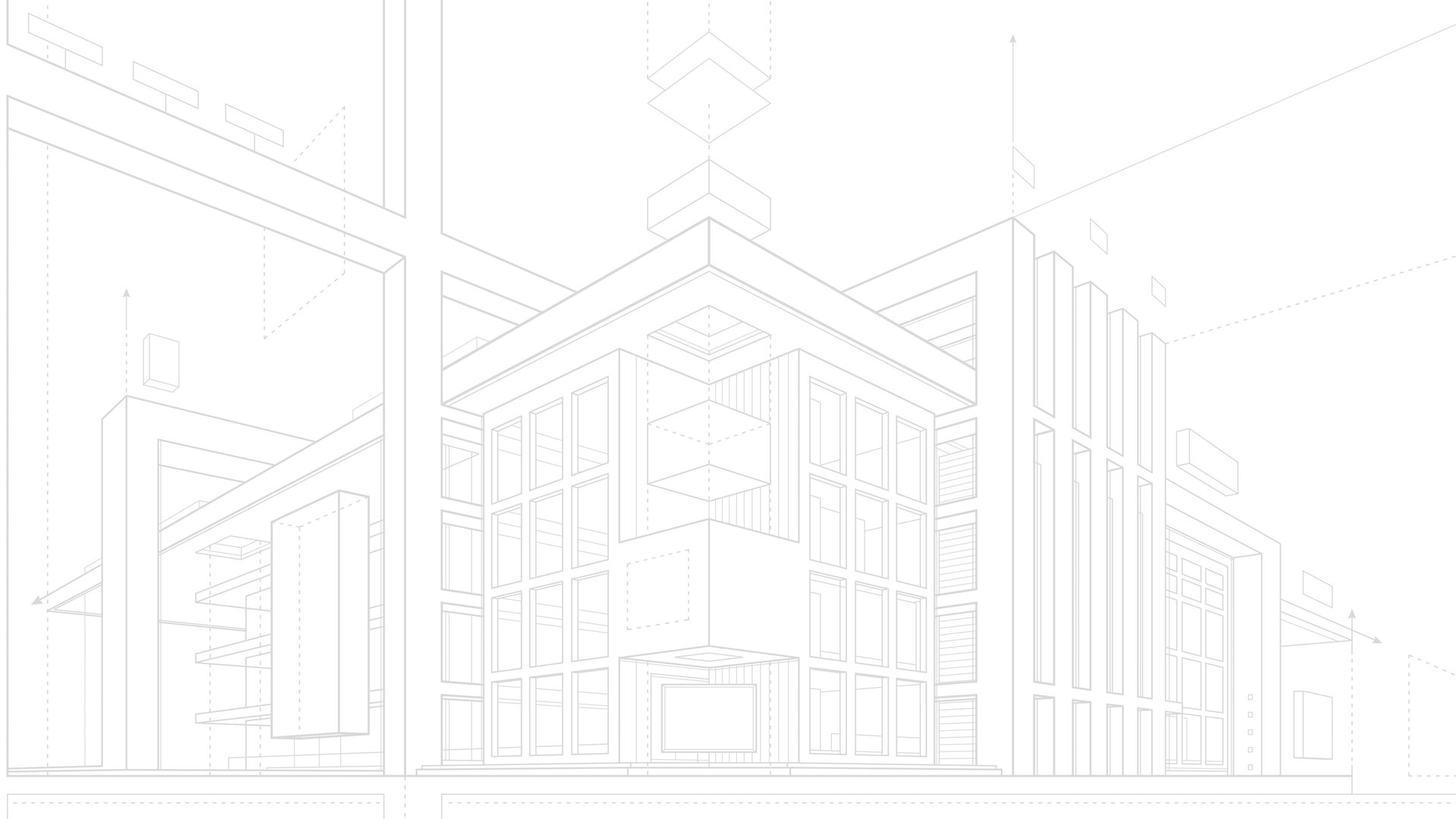


Construction Development Planning

Construction Development Planning is a systematic process of designing, organizing, and managing a construction project to ensure that all phases of development run successfully and efficiently. This process includes the initial analysis of the construction site, assessment of needs and budget, and the creation of a detailed project schedule. In addition, construction development planning involves coordination between the various parties , such as architects, engineers, contractors, and other stakeholders, to ensure that every aspect of the project meets established safety for quality standards.
The main purpose of this planning is to optimize available resources, reduce risks, and ensure the project is completed on time and within the specified budget. With proper development planning in place, construction projects can be executed more efficiently, reducing the occurrence of unwanted obstacles or delays.

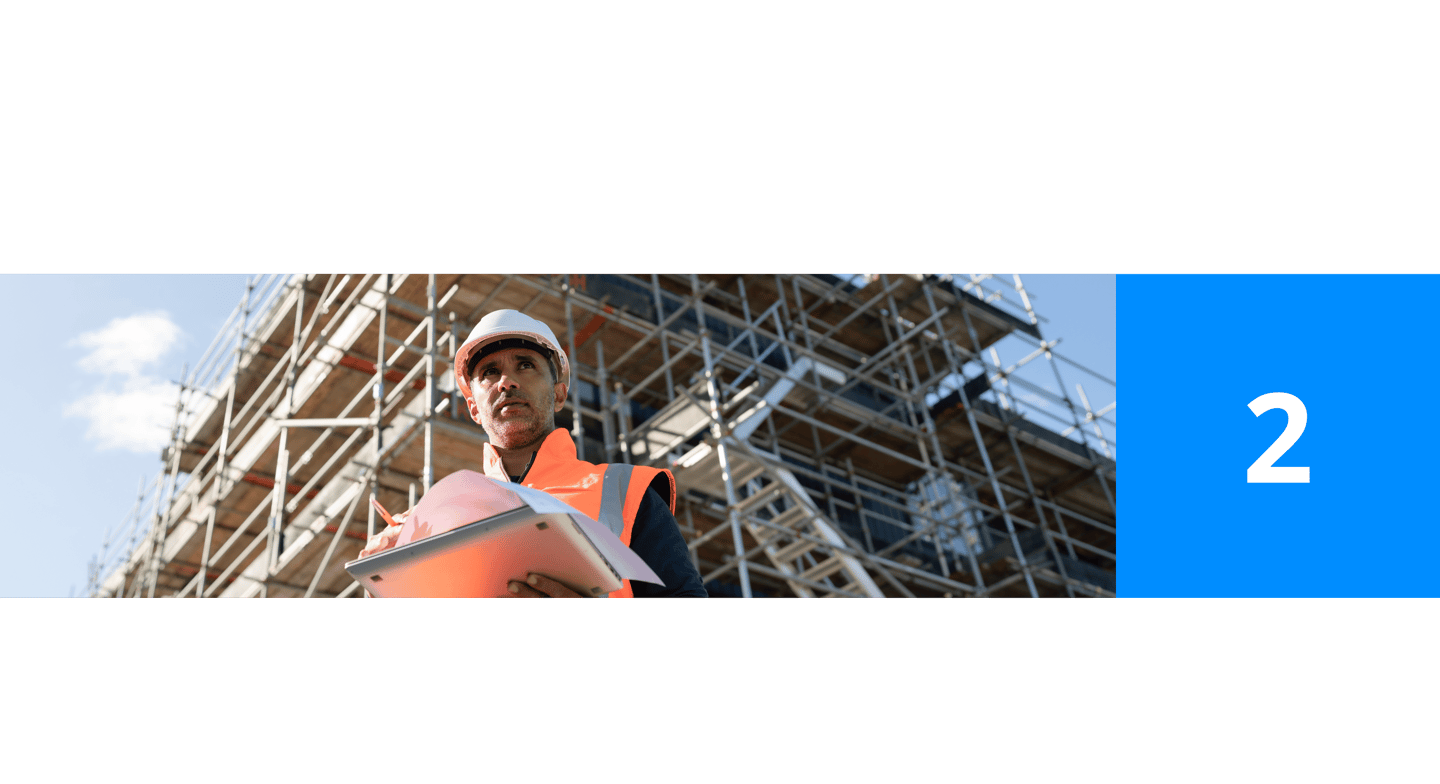

Enginering Design

Engineering Design is a creative and iterative process used to design technical solutions to specific problems. The process involves identifying a need or problem, researching and collecting relevant data, and developing design concepts and alternatives. Engineers then analyze and evaluate various potential solutions, often through the use of simulation and modeling tools, to determine the most effective and efficient design.
During this process, technical, economic, environmental, and social considerations are taken to ensure that the resulting solution is not only optimally functional but also sustainable and acceptable to society. Once a design concept is selected, engineers create detailed specifications and technical drawings that will be used to build or manufacture the final product. The design process also includes testing and evaluating prototypes to ensure that the product meets all the requirements and standards that have been set.

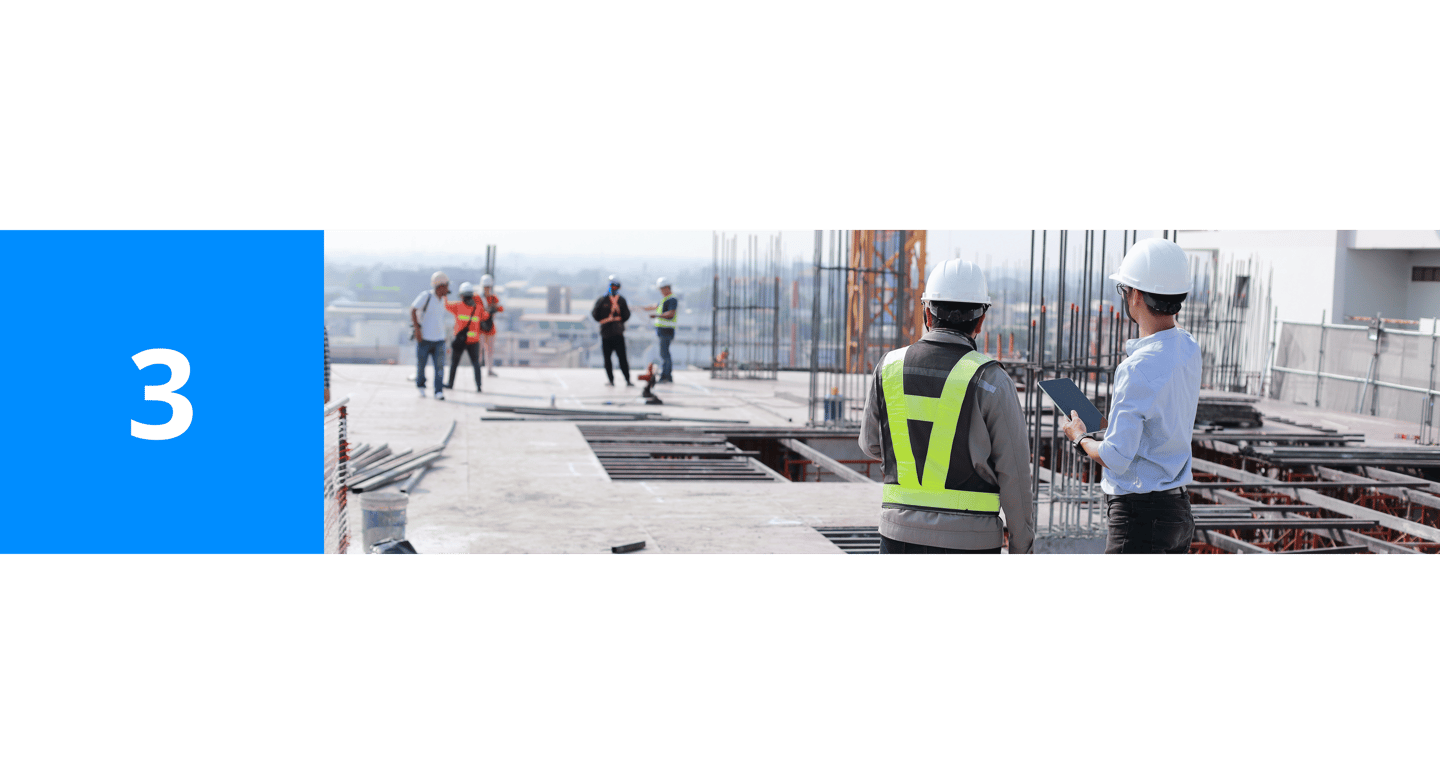

Building Construction

Building construction is a complex process that involves various stages to erect a building structure, from planning to completion. The process begins with architectural design, where architects and engineers work together to design the structure according to the client's needs and budget. Once the design is approved, the next step is to obtain permits and approvals from local authorities.
The construction phase usually starts with land preparation, including clearing the area and earthworks such as excavation and compaction. Next, the foundation of the building is built to ensure the stability and strength of the structure. Once the foundation is complete, construction of the building frame begins, which may consist of materials such as steel, concrete, or wood, depending on the design and specifications of the project.



Repair & Strengthen Buildings

Building repair and strengthening is an important process to repair existing damage and improve the strength and stability of the building structure. The first step in repair is to identify and assess the damage, such as cracks in the walls, foundation damage, roof leaks, or utility system problems. A thorough inspection is conducted to determine the cause and severity of the damage, usually by a structural engineer. Once the damage is identified, the repair process begins, which could include replacing or repairing structural elements, injecting epoxy for cracks, replacing damaged pipes, or fixing roof leaks. In addition, preventive measures are taken to prevent future damage, such as waterproofing and termite-proofing treatments.
For building strengthening, a structural evaluation is first conducted to understand the current load capacity and identify areas that require strengthening. Based on the results of the evaluation, a strengthening plan is designed, including material specifications and techniques to be used, such as the addition of new structural elements, the use of composite materials, or improved connections between structural elements. Implementation of the reinforcement is carried out in accordance with the design, involving the addition of additional beams and columns, reinforcing connections with steel plates, or the application of composite materials to increase load capacity. Once the strengthening work is completed, inspections and tests are conducted to ensure the structure has been strengthened to specification and is able to withstand the expected loads. By carrying out proper repair and strengthening, the risk of severe damage can be minimized and the service life of the building can be significantly extended.

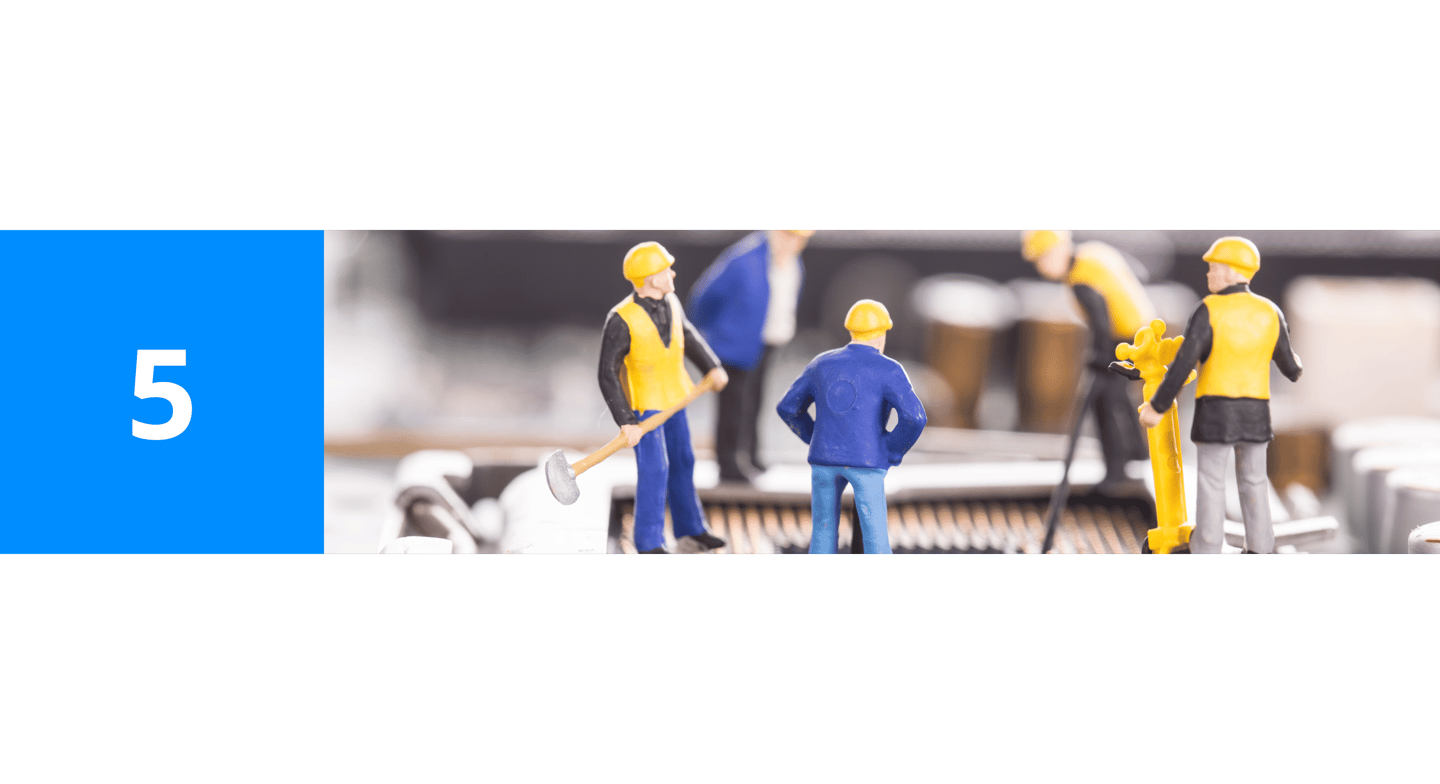

Building Maintenance

Building maintenance is a series of activities carried out to maintain the condition of a building to keep it safe, functional, and aesthetically pleasing. This process covers various aspects, from routine inspections to repair and replacement of damaged or obsolete building elements. The main goal of building maintenance is to ensure that the building can be used in accordance with its original purpose, minimize the risk of major damage, and extend the service life of the building
Overall, building maintenance is key to ensuring that buildings remain in optimal condition, safe, and fit for purpose. By maintaining buildings through regular inspections, preventive maintenance, and timely repairs, building owners can avoid major costs in the future and ensure that their buildings are always ready for use.



Building Audit

Building audit is a comprehensive evaluation of the physical and functional condition of a building, including mechanical, electrical, plumbing (MEP) systems, as well as safety aspects and compliance with applicable regulations. The main objectives of a building audit are to identify potential problems, ensure operational efficiency, and comply with safety standards and regulations.
Mechanical, electrical, and plumbing (MEP) systems are the main focus of a building audit. The auditor will evaluate the efficiency and condition of HVAC equipment, heating and cooling systems, electrical installations, and plumbing and drainage systems. Tests are conducted to ensure that all systems are functioning properly and meet safety standards. In addition, the auditor will also check the presence and condition of fire extinguishers, alarm systems, and emergency exits to ensure that the building is safe for occupancy.

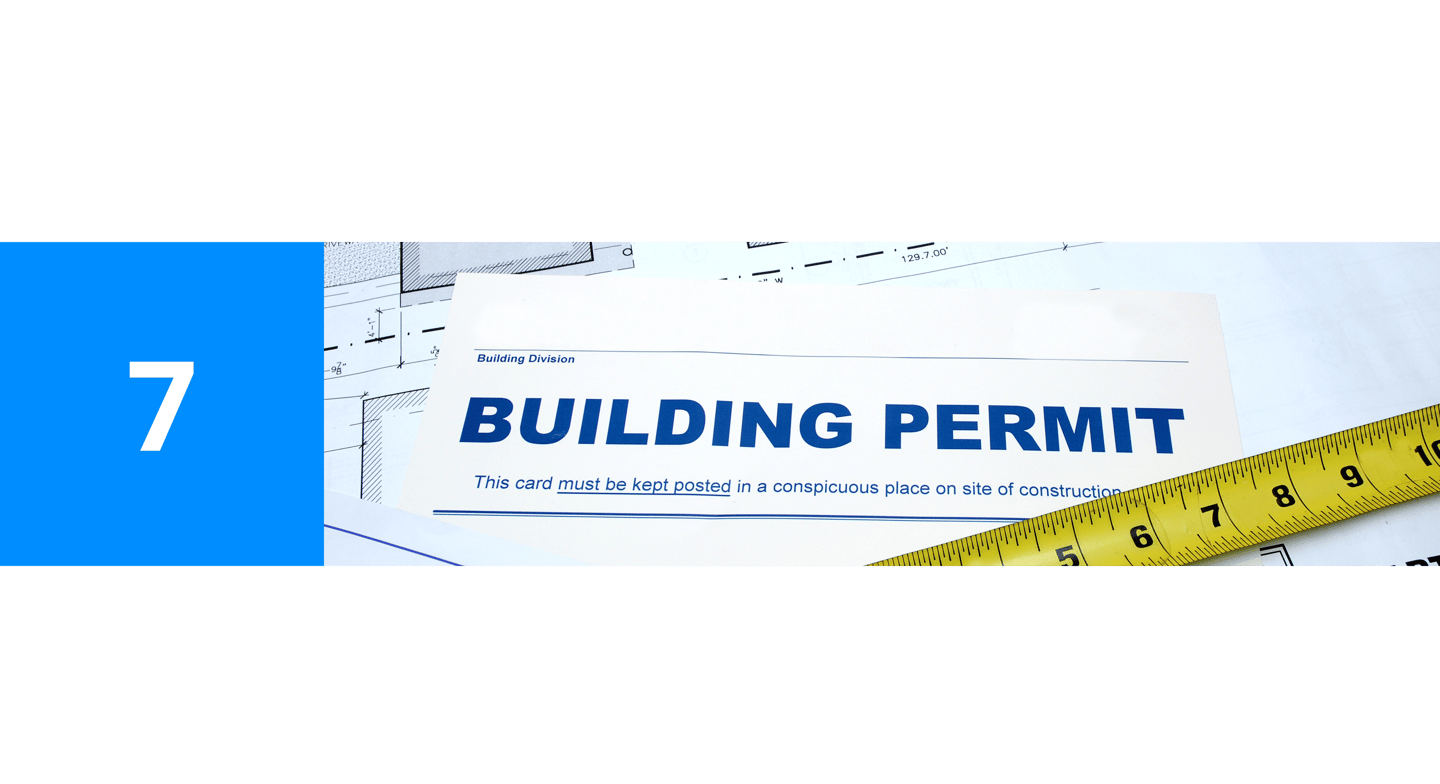

Building Permits

Building permits are official documents required to start, continue, or alter construction work on a building, issued by local government authorities. These permits are essential to ensure that all construction activities comply with applicable safety standards, building codes, and zoning regulations. The process of applying for building permits begins with preparing the necessary documents, such as architectural plans, technical specifications, and site plans. These documents must be submitted along with a completed application form to the local licensing department.
Building permits have important benefits, including ensuring safety through strict construction standards, compliance with local laws, improved construction quality, and legal protection for building owners. By obtaining the necessary permits, project owners can avoid future legal issues and ensure that their building projects are carried out to a high standard.

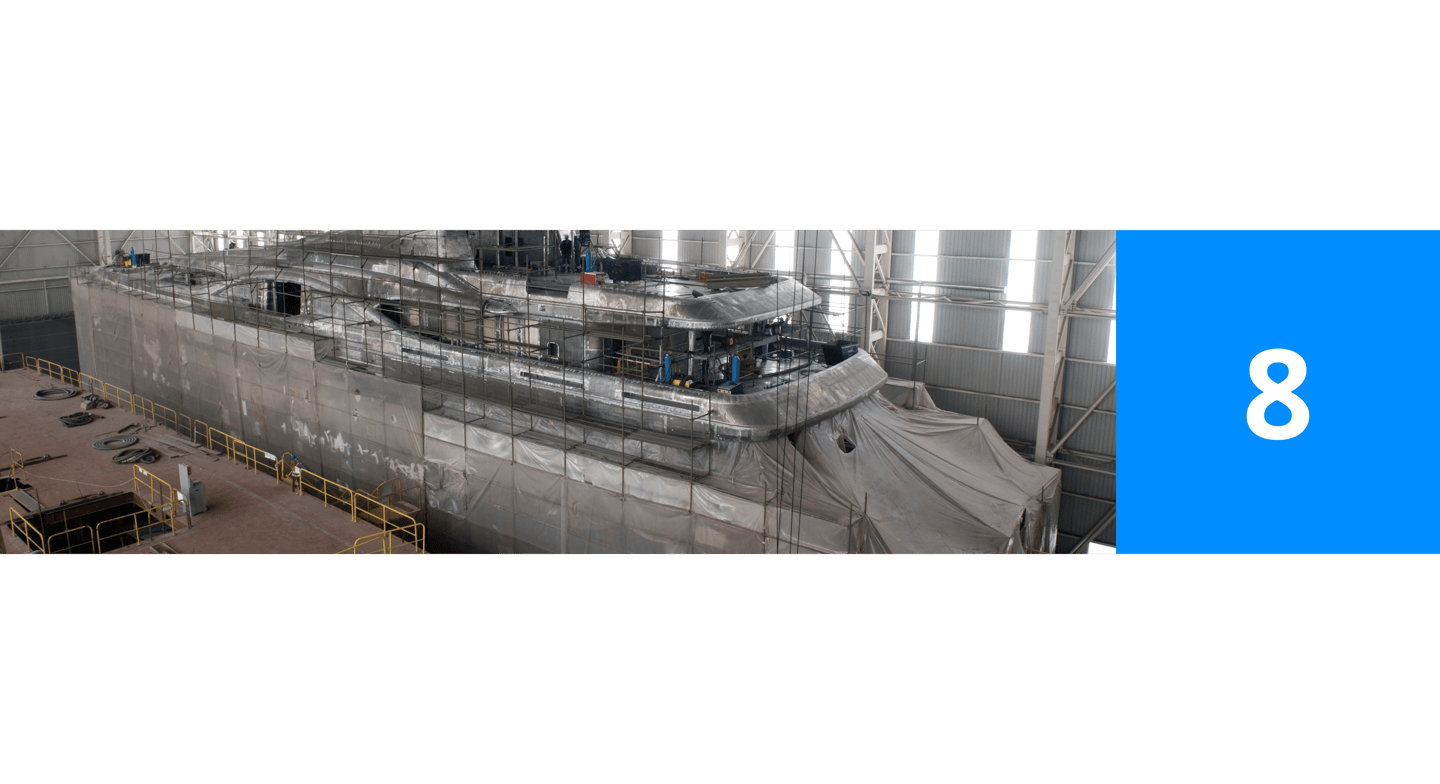

Ship Management & Maintenance

Ship maintenance refers to the activities of maintaining and repairing ships to ensure they remain in optimal operational condition. It involves regular inspection, cleaning, lubrication, and repair of ship parts such as engines, navigation systems, and body structures. Maintenance aims to prevent damage that could disrupt the operation of the vessel and ensure safety during the voyage.
On the other side, ship management is the process of planning, organizing, and supervising all aspects of ship operations. This includes crew management, maintenance, logistics, and compliance with maritime regulations. It also involves budget management, voyage planning, and coordination with various related parties, such as shipping agents and port authorities. The main objective of marine ship management is to ensure operational efficiency, safety, and compliance with industry standards.

Fiber Optic Work

UBD (Utama Bangun Dimensi) provides reliable and efficient fiber optic installation services to support modern telecommunication infrastructure. Backed by an experienced technical team and high-standard equipment, we handle the entire process—from planning, trenching, and cable laying to jointing and signal testing. Each project is executed with strict safety measures and precision to ensure a long-lasting network with minimal downtime, ready to support high-speed connectivity.
In this era of digital transformation, the need for fast and stable communication networks is more critical than ever. UBD serves as a strategic partner for building fiber optic systems across commercial, industrial, and government sectors. We are committed to delivering integrated solutions tailored to our clients' scale and needs, ensuring high-quality results, on-time delivery, and infrastructure that supports the growth of information technology in Indonesia.


